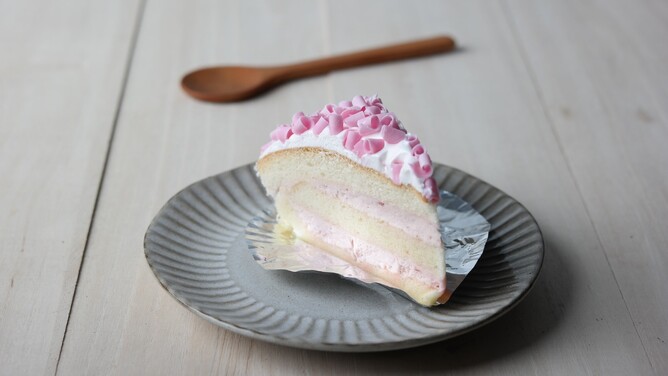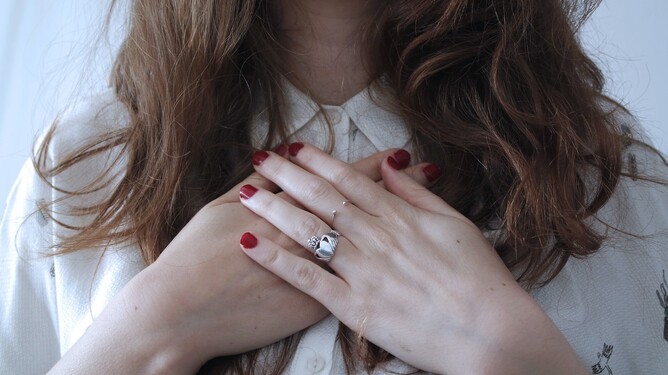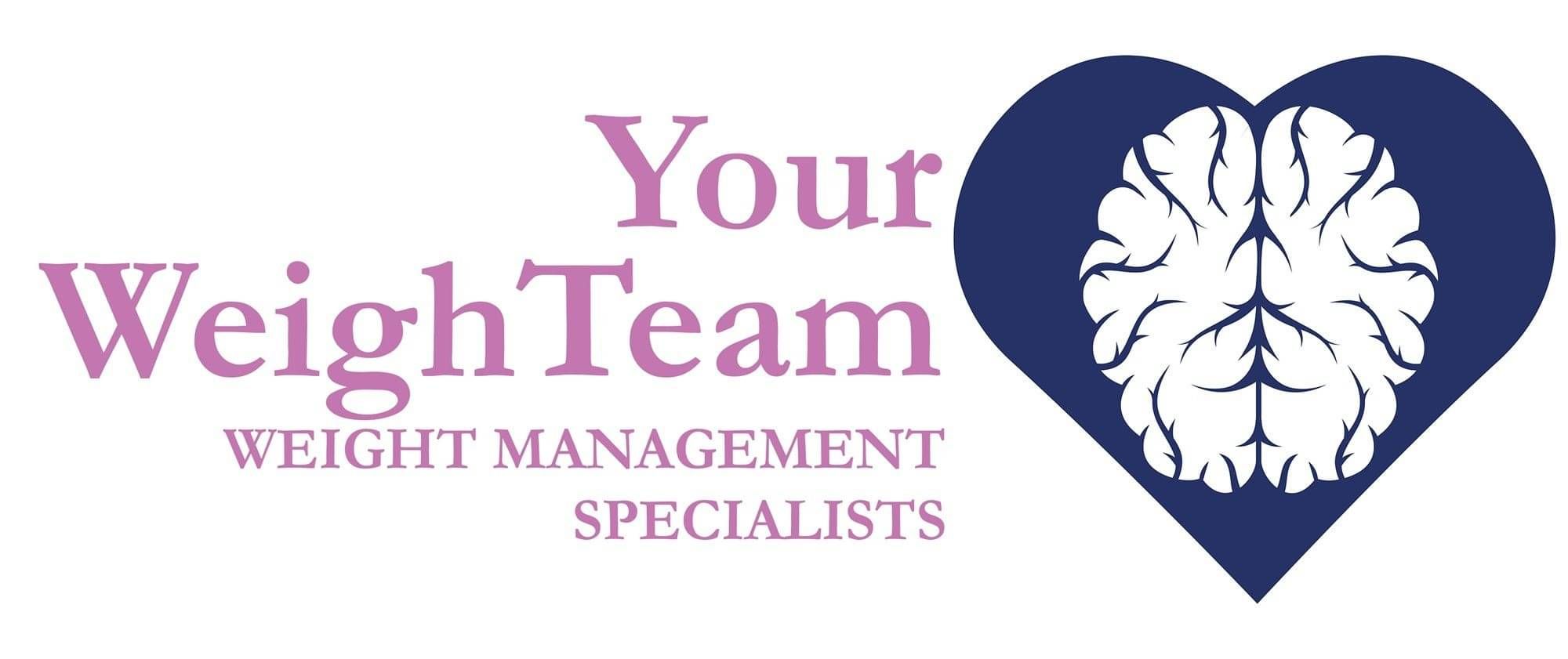Between stimulus and response, there is a space. In that space is our power to choose our response. In our response lies our growth and our freedom.
By Kate Berridge, Your Weigh Team, RNcP MN (Hons)
One of the most important things anyone who’s had weight loss surgery can learn is the power of finding that space.
The quote above is often ascribed to renowned psychologist Viktor Frankl in his famous book, Man's Search For Meaning.
While it’s not a direct quote, it does sum up Frankl’s learnings from surviving in the death camps of WW2.
And while it might seem a bit high-brow and impractical to apply to our daily lives, find the 'space' he talks about is actually doable. It's at the heart of all change.
Why this tiny space is key
You’ll hear lots of people bang on about learning to be mindful. We now know from oodles of research that regularly practising mindfulness and meditation teaches you how to pause and give yourself a tiny space.
Over time, you’ll start to find these tiny spaces occurring in your life, and they have an enormous impact.
Let’s say you have a craving for a slice of cake. It has been triggered by emotion in response to a comment by someone, but when you don’t have that space, you don’t know this - you just go and get the cake and feel some relief.
But if you can give your consciousness just a moment, perhaps half a second to come online, it gives you the option of making a more considered choice in what you want to do next.
You might be able to stop and feel that emotion, maybe name it, and then let the feeling wash over you. It can be frightening when it’s a big feeling, but like a wave, it will rise, peak, and then wash away. Scientists have actually studied it and it usually lasts around 90 seconds.
After that, it fades away, if it's noted and consciously allowed to process through your body.
How do we know? Remember the last time you had a big feeling. Maybe some idiot cut you off in traffic on the way to work this morning. Maybe your toddler used a basket of freshly washed, dried and folded laundry to dry the dog.
You're not still feeling that big feeling now as you did in the moment. Whether you noticed or not, the feeling emerged, was incredibly intense, then at some point, it went away or at least dissipated to a low level.
It might be once you take a pause and investigate an emotion, you decide what you want to do is eat the cake.
That’s ok. No-one is perfect, and there's no right or wrong decision.
But every time you pause, you give yourself the chance to make a decision, versus an unconscious reaction to go with the urge.
The more chances you give yourself, the more opportunities you get to make a small change.
Let's say instead of 10/10 options to eat to soothe yourself, you only do it 5/10 - that's a big difference.
The 2-minute check-in
Try this little exercise – it takes 2 minutes and you can do it anywhere.
Stop what you’re doing and check on how you feel. Start at the top of your head and work your way down your body, noticing what’s going on for you physically. Are you slumped? Is your face and jaw tense? Is there a feeling of heaviness in your chest? An unsettled feeling in your gut? Are your legs tight?
Stand up and walk outside, ideally to a spot where you can see a vista of some sort. It doesn’t have to be anything amazing – just somewhere you can see up into the sky or down the street for a distance. Take your time to slowly look around. Move your head as you look, not just your eyes, side to side, up and down. Look as far as you can and take in what you see. It might be grey clouds, a bright blue sky, birds singing, the thrum of cars driving past. Take in your surroundings as an observer – there’s a cloud, there’s a bird, vs commenting on it.
Consciously take in four or five deep breaths – breathe in as deeply as you can, then breathe out through pursed lips, so your out-breath is slower and longer than the in-breath.
Go back inside, go back to what you were doing, and check back in with your body. How is it feeling in specific places? Overall?
This is how it went for a patient when we practiced it one day on Zoom. She was feeling anxious about an upcoming appointment. When I asked her to scan herself, she described feeling a 'heaviness' in her chest.
She had been sitting working on her computer for several hours, trying to ignore it, but she couldn’t shake it off.
When I asked her what else she could feel in her body, she noticed her shoulders were tense and raised, and she was clenching her jaw.
So I asked her to step outside for a minute or two. It was a beautiful day, and she’s fortunate enough to work from home, so her view on that day was a lot of green grass and a big blue sky.
I asked her to spend two minutes slowly, deliberately looking around as far into the distance as she could, while taking long, slow breaths in and out.
When she came back on the call, I asked her to scan herself again. The heavy feeling in her chest was still there, although it was less. The biggest difference in her body was it felt lighter overall, with much of the tension feeling like it had lifted.
This exercise is a somatic experience, where your body sends signals to your mind that you’re safe. You’ve checked your surroundings, you’re got oxygen flowing through you and the result is a physical release of tension. However, you’ll often also find a release from the fixation on something that’s playing through your mind.
This is one of the key learnings from working with weight loss patients over the last 15+ years. Many of those living in a bigger body can’t hear the little signals their body is sending to them. Diet culture has spent decades - most likely your whole life - telling you to be strong-willed, staunch, and stern with yourself so you’ll succeed.
It doesn’t work, and it also trains you to not listen to your body.
For example, some people don’t know the feeling of true hunger. They think they feel hungry, but actually it’s something they’re creating in their brain (known as ‘head hunger’).
Some don’t know the feeling of true fullness and often go beyond it, until they’re stuffed and uncomfortable.
Some people mistake thirst for hunger so they eat instead of drinking fluids.
As the patient above learned in her experience, the body is often holding signs of tension or even pain. She wasn’t aware of it until she stopped to listen to her body and feel what was going on.
For others, they can’t feel or hear the signals until their body is so filled with pain that they can’t continue and physically break down, or they get sick.
Learning how to come into your body, to listen to it and care for it, is one of the keys to changing your life.
Copyright: Kate Berridge, Your Weigh Team





